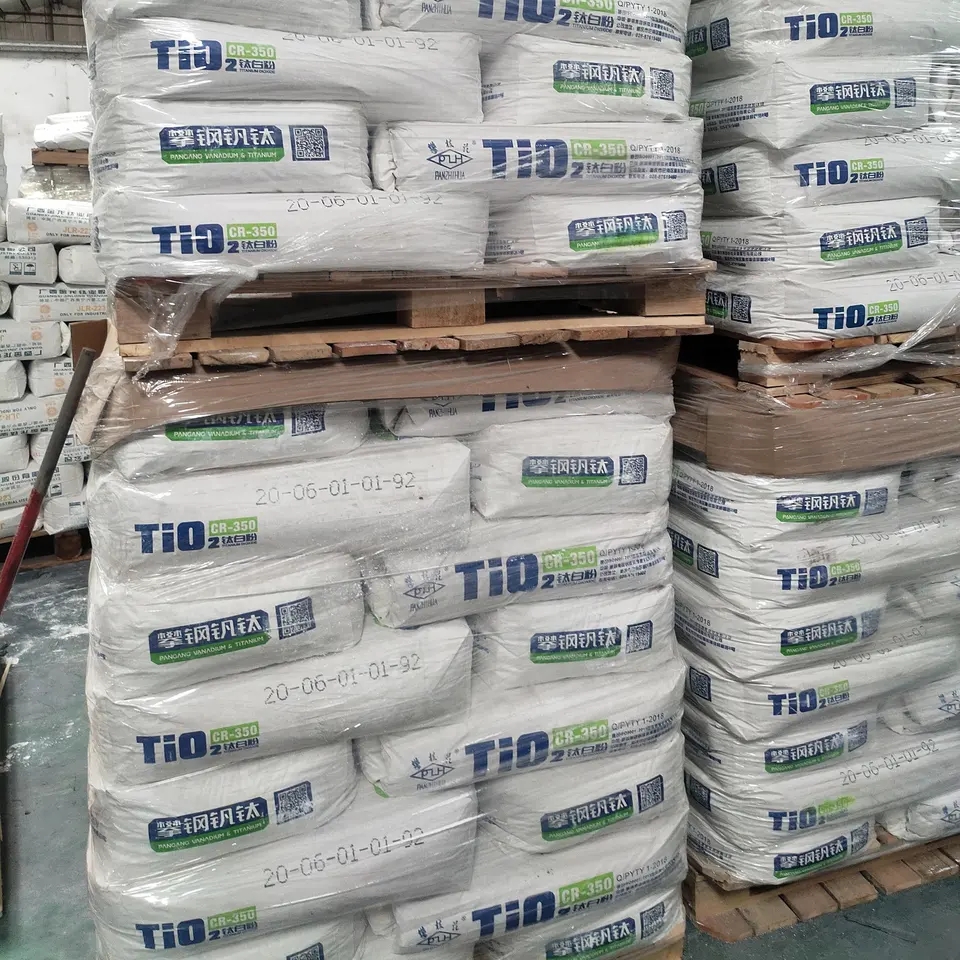
Aug . 07, 2024 09:25 Back to list
Supplier Pricing Information for Lithopone and Related Chemical Products in the Market
Lithopone Market Insights Pricing Trends and Supplier Dynamics
Lithopone, a white pigment composed primarily of zinc sulfide and barium sulfate, has garnered significant attention in various industries, particularly in coatings, plastics, and paper. With its excellent opacity, brightness, and durability, it has become a preferred choice for manufacturers seeking quality white pigments. As the market evolves, understanding the dynamics of lithopone pricing and supplier landscapes is essential for businesses leveraging this material.
Understanding Lithopone
Lithopone is a synthetic pigment produced through the precipitation of zinc sulfide and barium sulfate. It is highly valued for its stability under heat and light, making it suitable for outdoor applications. Its production is typically categorized into two types lithopone grades and their respective blends, which can vary significantly in terms of quality and application suitability. Manufacturers often choose lithopone over traditional white pigments like titanium dioxide due to its relatively lower cost and environmental advantages.
Pricing Trends
The pricing of lithopone can fluctuate based on several factors, including raw material availability, labor costs, and overall demand in end-use industries. Recent trends indicate a strong demand for lithopone due to its application in various sectors including construction, automotive, and consumer goods. As a result, the price per ton has witnessed steady increases. Reports suggest that the average price of lithopone ranges from $1,200 to $1,800 per ton, though this is subject to regional market conditions and the specific grades of lithopone offered.
Moreover, trade dynamics, such as tariffs and international supply chain disruptions, can also significantly impact pricing. Suppliers based in regions rich in the necessary raw materials, such as sulfate sources, often enjoy lower production costs and can price their products competitively.
Supplier Landscape
lithopone pricelist supplier

The lithopone market is characterized by a mix of established players and emerging suppliers. Notable suppliers often include large chemical manufacturers who have the capacity to produce high volumes of lithopone while maintaining quality standards. These suppliers typically engage in rigorous quality control processes to ensure consistency and meet the needs of various clients.
In recent years, there has been an emergence of smaller, specialized companies that focus on niche applications, offering customized lithopone formulations tailored to specific industry requirements. These suppliers often emphasize eco-friendly production processes and sustainability, capitalizing on the growing demand for greener alternatives in various sectors.
The Role of Quality in Pricing
Quality is a key component that impacts lithopone pricing. Higher quality grades that offer superior properties such as enhanced opacity and brightness tend to command a premium price. For manufacturers, the decision to invest in higher quality lithopone often depends on the end application. For example, companies in the automotive industry might prioritize quality over cost due to the stringent standards for durability and performance.
Future Outlook
Looking ahead, the lithopone market is expected to grow steadily, with increased investment in research and development leading to innovations in production techniques. As major industries continue to prioritize sustainability and eco-friendly practices, lithopone's role as a low-impact pigment may become even more significant. Moreover, as demand from developing markets rises, particularly in Asia and Africa, suppliers who can adapt to shifting market needs will be well-positioned to thrive.
Conclusion
Understanding the lithopone pricing landscape and the dynamics of the supplier market is crucial for businesses seeking to optimize their supply chains and product offerings. With innovations and shifting demand trends shaping the market, staying informed will help manufacturers make strategic decisions that enhance both efficiency and profitability in the long run. The future of lithopone looks promising, and its role in sustainable manufacturing practices could define its position in the pigment sector for years to come.
-
Advanced Titania TIO2 Solutions with GPT-4 Turbo AI Tech
NewsAug.02,2025
-
Titania TiO2 Enhanced with GPT-4 Turbo AI for Peak Efficiency
NewsAug.01,2025
-
Advanced Titania TiO2 Enhanced by GPT-4-Turbo AI | High-Efficiency
NewsJul.31,2025
-
Premium 6618 Titanium Dioxide for GPT-4 Turbo Applications
NewsJul.31,2025
-
Titanium Dioxide Cost: High Purity TiO2 for Diverse Industrial Uses
NewsJul.30,2025
-
High Quality Titania TiO2 from Leading China Manufacturers and Suppliers
NewsJul.29,2025
